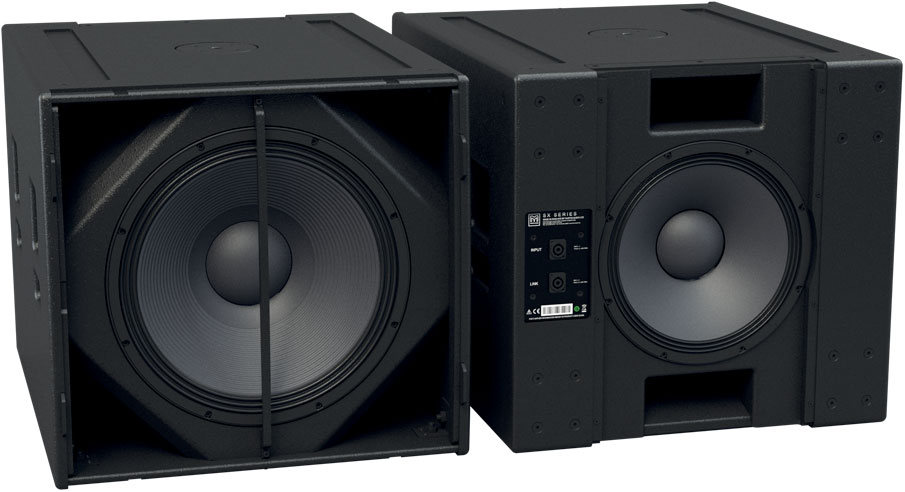Why Should You Have a Cardioid Subwoofer? – Score Music Tech
Cardioid is a term that is associated with microphones. However, here we are going to talk about cardioid subwoofers. Both speakers and microphones are transducers (devices that convert between electricity and air pressure) that are found at the ends of the audio chain. They are actually doing the same in opposite directions. So while we’re talking cardioid when we’re talking about mic pickup patterns and showing that nice heart-shaped diagram, we can apply the same idea to speakers and talk about dispersion patterns.
Are subwoofers omnidirectional?
Generally, all speakers tend to be directional. So the term cardioid can’t be used for them. All subwoofers are generally omnidirectional due to the laws of physics. To make an audio frequency directional, we need to have a box that is close to the length of the frequency we are trying to hit. Given that 100Hz is roughly 11 feet long, your sub box is unlikely to be that large. This means that a subwoofer is emitting approximately the same level in all directions.
The cons of omni directionality
This omni directionality can cause us some headaches. When setting up a stage, we generally take care to keep the top boxes in front of the mics so we don’t have to fight feedback, and we usually place the subwoofers just below the top boxes. This keeps them aligned in time and in phase with our top boxes.
Unfortunately, while our tops are good at focusing their energy forward, subs are firing as much energy directly into those open mics as they are into the crowd.
If you have more than one sub on stage because you want more bass, they will also tend to interfere with each other. This can happen as a result of time differences between the direct low frequencies or reflections that are more common because the low frequency is coming out in all directions. Also, that energy builds up and rolls across the stage. It can make a hollow stage ring, rattle drum hardware, and make life generally miserable.
What’s the solution?
Wouldn’t it be great if we could get the power from a subwoofer to run primarily like our full-range speakers do? It would solve feedback and hoarding problems and make the sub more efficient as you are driving more of your energy towards the audience. This is what led to the birth of cardioid subwoofers.
The concept is not new. It was actually proposed in a paper in the late 1950s, and enterprising sound engineers have been assembling subwoofer arrays for a couple of decades to make low-frequency material more directional. They combine several different subwoofers and adjust the timing by changing the position forwards and backwards or using an electronic delay. By carefully calculating the position, they can make the bass more directional through a combination of sub-location and phase. You can grab a couple of subwoofers and move them around the stage yourself to play with the idea. If you stacked them on top of each other with one facing the wrong side, you’d be halfway there.
The basic idea is that you have two sources creating the same low frequency material, with the polarity reversed in one of the sources. Then change the sync so that at the front of this subarray the frequencies are in phase and combine to boost the output by 6dB. The signal coming out of the rear of the subwoofer is calculated to be out of phase and tends to cancel out.
Cardioid subwoofers in a single, reasonably sized package also allow you to get the benefits of keeping all that bass off stage without having to move multiple heavy boxes each time.








